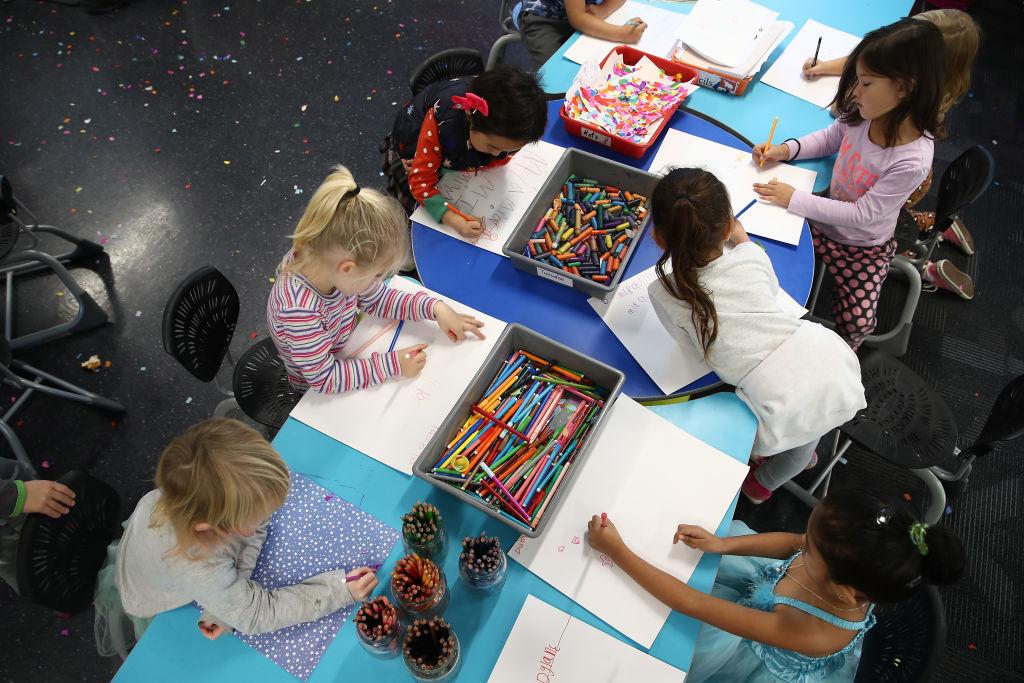An ongoing ideological bias against explicit instruction in maths classrooms is the biggest reason why Australia’s performance in the subject continues to slide, according to experts.
An analysis paper, ‘Failing to Teach the Teacher’, published by the Centre for Independent Studies, found that Australia’s universities were failing to teach effective instruction methods to future maths teachers.





